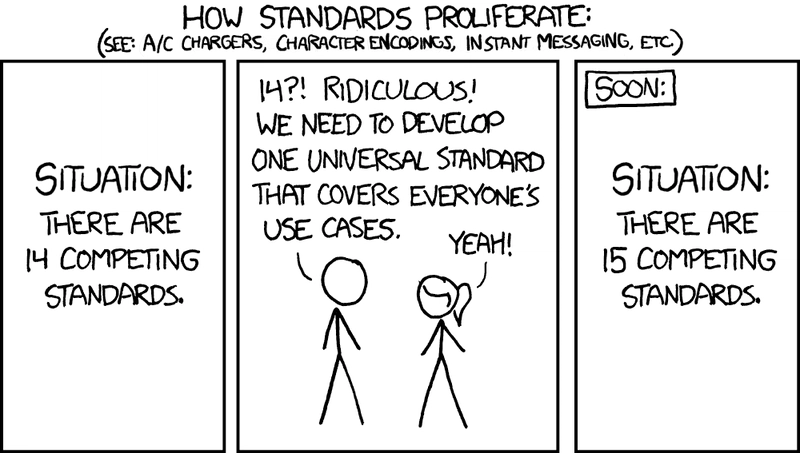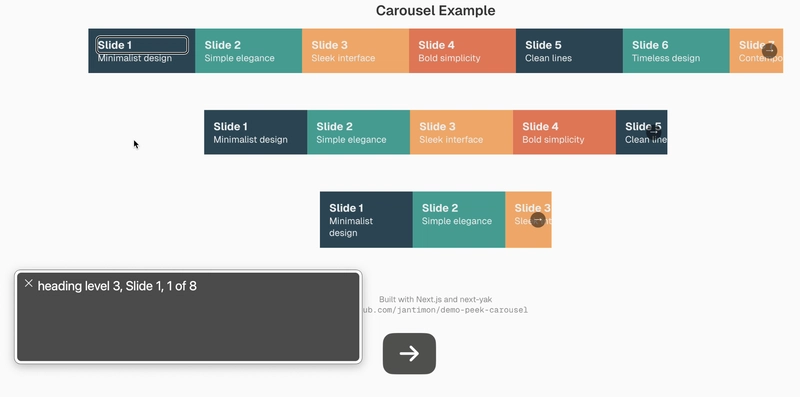More accurately, I’m over everyone treating it like the only answer.
I'm a devout supporter of Web Components and have been preaching the gospel of web standards for decades. That guy you always hear muttering "Why use a library when the browser gives you everything you need?"
I have lived through five versions of HTML (2,3,4,XHTML,5) and watched as libraries like jQuery and frameworks like Angular have come and gone from the spotlight. And I'm here now to tell you that you never NEEDED any of them and this has never been more true than it is today.
Custom Elements, Shadow DOM, HTML Templates. These tools provide everything we need to build robust, modern components without relying on heavy abstractions. But still, in 2025, the web development world clings tightly to libraries like React.
The Standard Approach
I'll admit that React played a huge role in shaping modern front-end development. Its component model, reactive updates, and rich ecosystem were groundbreaking when they emerged. But React’s reliance on third-party extensions like JSX, its synthetic event system, performance overhead, and tendency to blur styling and logic inside components all fall short of the standards set for the web.
Web Components — by contrast — are a core part of the web standards, embrace the browser’s strengths, benefit from baked in optimizations, and promote separation of concerns. All without the need for build pipelines or runtime libraries. You’re working with the platform, not against it.
Universal by Design
Perhaps the most underappreciated strength of Web Components is their inherent interoperability. Build a standards-compliant component, and you can drop it into any toolkit. Whether you’re using Vue, Svelte, whatever the flavor-of-the-year framework is, or just static HTML, Web Components fit right in.
With React, moving components between frameworks often means rewrites, dependency tangles, and awkward integration. Why lock your work into a single ecosystem when the browser already provides a universal language? And don't even get me started on stateful rendering in an environment that was intentionally designed to be stateless.
Well designed Custom Elements can be used completely declaratively, blend seamlessly into Server Side Rendering, can be styled through standard CSS, are naturally encapsulated, and the list of capabilities goes on and on and on...
The State of Things
I’m not here to say React is evil or useless. It’s a mature, powerful tool with plenty of successful projects under its belt. But in 2025, when developers continue to reach for it by default, that seems more like a bad habit — a reflex that hasn’t caught up to the evolution of the platform.
For those of us who’ve been building with Web Components for years, the continued use of vendor-specific solutions feels increasingly out of sync with the realities of the web platform. Most of the problems that React once solved have been addressed at the platform level long ago. Web Components have been mature for years. It's time to stop solving today's problems with yesterday’s tools. Imagine if we never stopped using tables for layout just because "That's how we've always done it".
Building for The Future
Obviously we all use the tools we know and trust. But sometimes we need to challenge ourselves to re-examine whether those tools are still the best fit for today’s (and tomorrow’s) needs. That's exactly why the standards exist and continue to evolve. And exactly why I will stick with them as I always have. Because one day, React will fade into obscurity just like jQuery while Web Components will live on as long as the web itself.






























































I'm no expert, but experts like Ryan Carniato (creator of SolidJS) disagrees with your conclusion.
Web Components Are Not the Future
Ryan Carniato ・ Sep 26 '24
Furthermore, it is the general consensus that declarative programming is better than imperative programming, and this is why frameworks and libraries like React, SolidJS, Svelte, Vue, etc. spring to life.